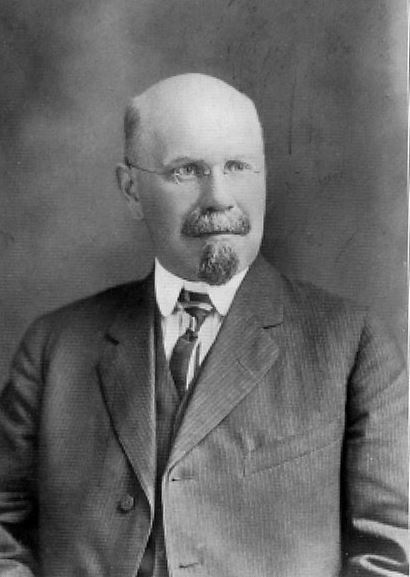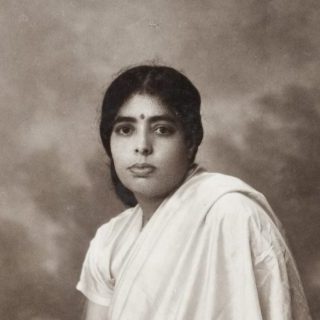Ability of mankind to exploit natural resources around him to his advantage has indeed made humans most successful organisms on earth since the time immemorial. Several communities began to live in organized patterns in hamlets, villages and then some shifted to cities. However, majority of human communities more particularly in third world nations still continue to dwell in forests and their lifestyle as well as traditions did not change for centuries and remained static. These traditional societies living in closer association of nature, acquired unique knowledge about the use of flora and fauna, most of which were not known to developed world. Such knowledge and practices were subjected to further modifications or enriched with new practices by succeeding generations and became a part of tradition, culture, art, belief, folklore and knowledge base of these traditional communities. They freely exchanged such knowledge with other local communities. But the inroads of modernization started posing imminent danger to such age-old knowledge, expertize and wisdom of traditional communities. It is likely that most of such TK would be lost to humanity in the times to come.
Western colonial powers began to convert local resources and associated traditional systems into tradable commodities with the intervention of S&T and established monopolistic rights over them by developing various legal mechanisms and measures. Indeed it was perhaps due to their commercial interest, the western colonial powers began to take keen interest in collecting ethnic information and utilization of local resources which led to the birth of Ethnobotany.
Term Ethnobotany was coined by JW Harshberger in 1895 to refer to the study of plants used by aboriginals. Since than the definition, scope and understanding of Ethnobotany has evolved and modified tremendously. It involves holistic approach where entire reciprocal and dynamic aspect of human interaction with plants is anticipated. Now Ethnobotany deals with the cultural and traditional relationship of man with the plants.

JW Harshberger: was an American taxonomic botanist, who coined the term “Ethnobotany” in 1895, in a lecture at University of Pennsylvania, USA, to describe his field of inquiry, which he defined as ‘to study the plants used by primitive and aboriginal people’. In 1896 he published the term and suggested ‘Ethnobotany’ be a field which elucidates the ‘Cultural position of the tribes who used the plants for food, shelter or clothing.

EK Janaki Ammal: Padmashri Dr. E.K. Janaki Ammal (1897-1984) lit the lamp of ‘Scientific Indian Ethnobotany’ by creating an ‘Ethnobotanical Section’ at Central Botanical Laboratory (CBL now at BSI, Howrah) at BSI, Central Regional Centre, Allahabad in 1960. She had done some loud thinking in 2 research papers: ‘Man’s role in changing the face of the earth’, and ‘Dunghill and medicinal plants’. She mentioned in one of her publications that: I look forward to the day when from a hundred laboratories scattered in every part of Indian Union, healing principles of our new plant wealth will be made available to the sick world.
